Interview with painter, photographer and installation artist Pablo Avendaño.
Natalie Dekel: When was it that you first decided to paint or express yourself visually? [1]
Pablo Avendaño: I cannot recall when it began except for the very early visits to the Prado with my father and afterwards studying reproductions of Velazquez. I was then around eight years old. However, I decided to paint professionally quite late, just about nine years ago, at the age of twenty-eight. [2]
From your work, it seems that the relationship between nature and people is important to you, is that correct? Why? [3]
It is all about this obsessive idea of people being thrown into existence, at the same time dominated and fascinated by nature. In the series ‘Petitesse et stupeur’ I wanted to depict this relationship from a contemporary point of view and so revisited the aesthetics of the sublime in my own way. [4]
Can you tell me more about your theory on ‘people being thrown into existence’ and what obsesses you so much about it? [6]
People do not functionally fit into any environment, so they must comprehend it. That makes nature rather enigmatic and art loves enigmas. Sometimes it is the eye that tries to understand nature and then you find a landscape. [7]
What fascinates you about nature in particular? [8]
Since the seventeenth century artists have never stopped representing nature. Now you can reinvent it, deconstruct it, appropriate its old forms of expression or make Land Art; no fashionable art guru can ever kill it off… It is difficult to explain it in words but nature fascinates me: Bliss, the unspeakable. [9]
Can you please expand on what you mean by ‘aesthetics of the sublime’? [10]
The idea has its origins in Edmund Bruke’s treatise on aesthetics, in which he describes the irrational and thrilling experiences when facing boundless nature. Caspar David Friedrich, William Turner or Mark Rothko are a few of the artists who painted in that spirit. But the progress of new means of transport and the new forms of communication have made the experience of the infinite rather improbable. I believe that a timidly analogous feeling can be possible today when confronting certain artworks in spacious museums. [11]
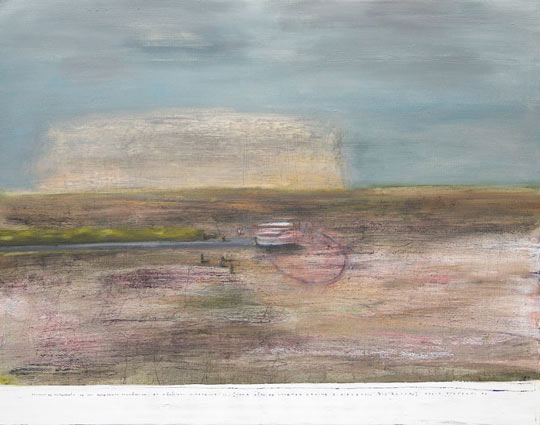
Figure 2: ‘Topographismes#1 (Artefacto, calima y hierbajos sibilantes)’, 80×100 cm, oil on canvas, 2006.
I feel that there is a repetitive sense of observation that is important to you, a sense of having a window or stage inside a painting, a bit like a scene within a scene as in Velasquez’s ‘Las Meninas’. Did I get it right? Why is it important and where does it come from, do you think? [13]
Re-presentation is often found in my work. Paintings containing paintings, paintings within photographs, etc. This ‘repetitive sense of observation’ speaks about discontinuities on a white wall: suddenly a picture arises as a more meaningful thing, like in the Alberti’s window. [14]
And yes, you are very right. Velazquez was baroque, a man of his time; his paintings are not immediate images but made of reflections and cross-references. I feel today the same way: in our ‘information society’, reality and images generate each other as in a baroque mirror game. This is not to me simply a cultural or sociological thought: when choosing a subject I make no difference between images and real objects. I feel both as models. Any type of media: cinema, photography, architecture, computers, illustration… along with reality can be overlaid as many times as necessary to produce a single image (a painting). [15]
That is really fascinating, this parallel with the Baroque. I always thought of the Baroque as being a time of emotion, exaggerated expression of form and feeling, an extravagance and intensity. While the contemporary society of information feels always devoid of emotion as such, emails instead of written letter, virtual relationships on line, ready-made food etc. Can you tell me more about your view of the Baroque? [16]
I meant it more from a cognitive point of view. Apart from being exaggerated and mannerist, the Baroque experienced a crisis of consciousness and codes of representation. The collapse of the classical order that could guarantee the principles of mimesis and truth drove art into a sort of illusionism and, as Deleuze says, ‘each art tending to be prolonged into the next art‘. Without the old autorictas, knowledge fell into indeterminacy, fiction mixed with reality. Therefore ‘Life is a dream‘, La Vida es Sueño… [17]
I believe we are experiencing similar effects now. There is a multiplicity of images, codes and styles, as a result of the collapse of cultural hierarchies and the high development of the various media. The artist today faces a very complex and saturated imagery: our contemporary Theatrum Mundi. On my website you can see image files depicting photographs inspired by paintings inspired by photography. That is a four-level representation and, consequently, very condensed layered semiotics. [18]
Can you please tell me more about what you have called ‘discontinuities on a white wall‘? [19]
As a visual artist, I am used to having pictures hanging in my studio or at home. Nevertheless, I still get intrigued by these framed things coming out from the wall that concentrate so much meaning in such little spaces. [20]
When you draw images of buildings and nature, is it like drawing yourself? Would you say it is a paraphrase of your self? [21]
I try not to think about art in psychological terms. Instead I aim to draw the formal tension between geometrical architectures and organic surroundings and yet to draw multiple meanings from their opposite values: order and chaos, safety and fear, logos and pathos… [22]
Is space important to you? A sense of spaciousness? [24]
Of course. Spaciousness and monumentality. In the series called ‘Topographismes‘ I wanted to paint endless landscapes, a sort of road paintings, something to be travelled across rather than contemplated. Afterwards came the little people facing huge canvases, where I sought for monumental compositions in rather small formats. [25]
It is interesting to note that while the paintings are done quite logically at most, and you do focus on the exploration of forms and contradictions, you create something ‘for the viewer to travel across‘ rather than contemplate. Would this travelling across your painting be visual or emotional and do you distinguish between emotion and visual? [26]
I would wish for my paintings that all that is visual is also emotional. But the emotion comes at the very end. Many artists, on the contrary, pretend the emotion to be at the very beginning. [27]
Who are the artists that are most influential in your work – perhaps Rothko? Freud? Dali? [28]
Rothko did influence me. I love the old masters Mantegna and Bellini and the contemporary Flemish painter Luc Tuymans; photographers like Joel Sternfeld and Gregory Crewdson; the moviemaker Wim Wenders and many many others. [29]
What is it that urges you to paint or create? [30]
If I could articulate the reason I would probably stop painting. And I like it this way; a hazy will that keeps pushing me against the odds. [31]
Do you feel that your art work is culture connected? Or is it independent and personal to you? I mean, does living in Spain affect the type of work you create? [32]
Yes. It is connected to art history but also to my own life. During the past seven years I’ve lived in Brussels; the extremely white and soft light has had a very important influence on my palette. Sometimes I am naturalistic but at other times I deny my environment and paint with subjective warm colours. [33]
Your work has a poetic quality to it, a story behind it and also tranquillity. Do you paint based on photographs or memories? Do you create your work spontaneously or do you structure it until its completion? [35]
I use photography and add the ‘story behind‘. I want my paintings to be narrative but I acknowledge the narrative, in a picture, as a fixed image, must somehow be elliptic. In a painting time stands still; there is no way to tell everything but to point to the story. Anyway, I am not able to plan compositions from the beginning. I rather have to wait until the end. [36]
Some of your work is called Les villes invisibles. Is it because that is how you see your art – as an observer and documenting the lives of others while being invisible your self? A bit like God? Or did you mean something else? [37]
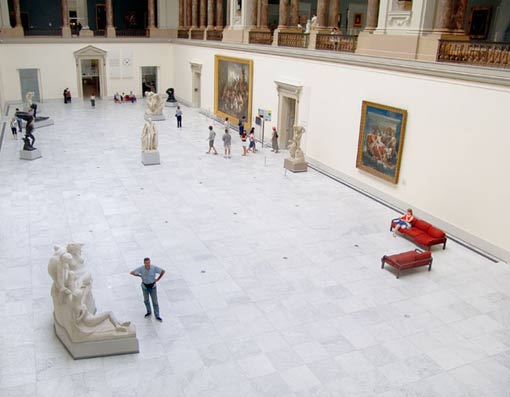
Figure 5: ‘Les villes invisibles’, Musée des Beaux-Arts, Bruxelle, Photography Lambda/Diasec, 64 x 50 cm, 2006.
This title comes from Italo Calvino’s ‘Città invisibili‘. Here is an explanatory excerpt:
He said:
‘It is all useless, if the last landing place can only be the infernal city, and it is there that, in ever-narrowing circles, the current is drawing us.‘
And Polo said:
‘The inferno of the living is not something that will be; if there is one, it is what is already here, the inferno where we live every day, that we form by being together. There are two ways to escape suffering it. The first is easy for many: accept the inferno and become such a part of it that you can no longer see it. The second is risky and demands constant vigilance and apprehension: seek and learn to recognize who and what, in the midst of the inferno, are not inferno, then make them endure, give them space.‘ [39]
This is it; the silent observer looking for the hidden cities within the modern, abstract, incomprehensible cities. [40]
» Introspection: painter Matt Manley…
22 January 2009.
Images © Pablo Avendaño. Text © Pablo Avendaño and Natalie Dekel.
Interview conducted via email correspondence in January 2009.
Pablo Avendaño is based in Brussels, Belgium. Natalie Dekel is based in Southampton, UK.

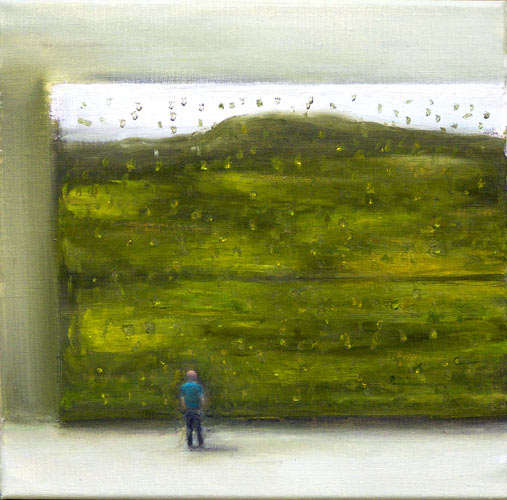
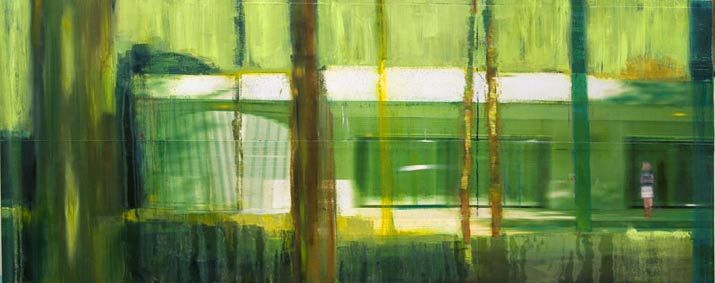
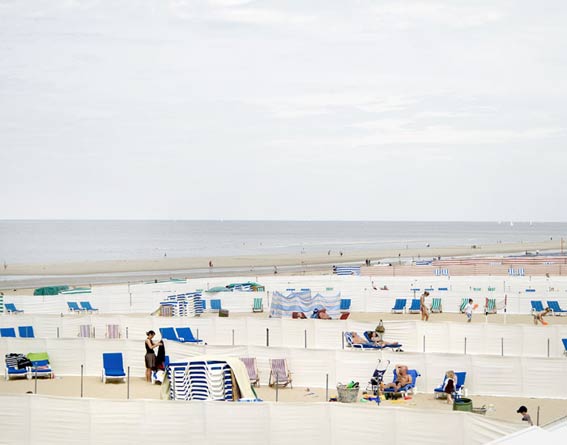

 - Reading with Natalie, book here...
- Reading with Natalie, book here...